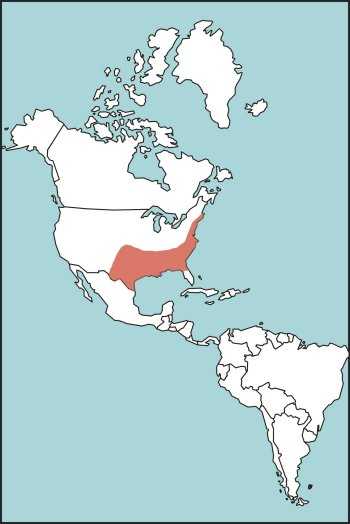Safety / Survival / Army Field Manuals / AFM 3-05.70
Appendix E
DESCRIPTIONS OF VENOMOUS SNAKES
American copperhead
Agkistrodon contortrix

Figure E-7. American Copperhead Habitat
Survival index
All text and images from the U.S. Army Field Manual 3-05.70: Survival.
Appearance of the materials from the U.S. Army Field Manual here does not constitute or represent endorsement by probablyhelpful.com.
ProbablyHelpful.com is not responsible for inaccurate or outdated information provided by the U.S. Army Field Manual 3-05.70.
Copyright probablyhelpful.com 2021-2025

